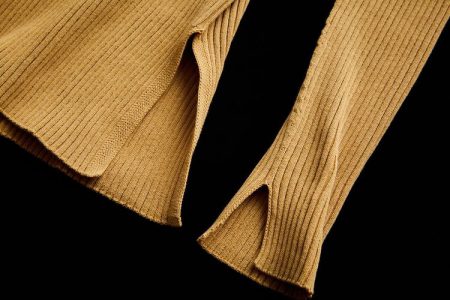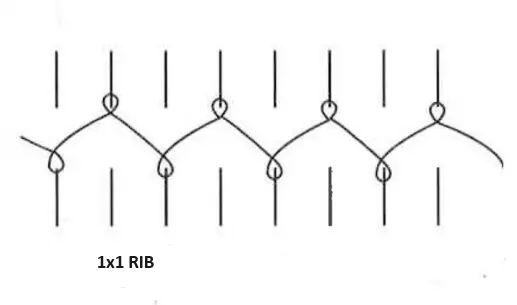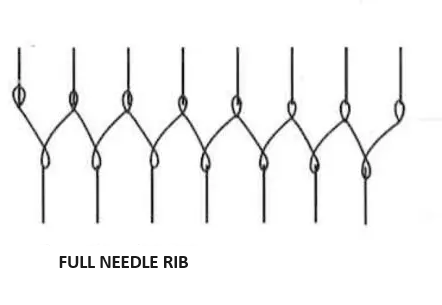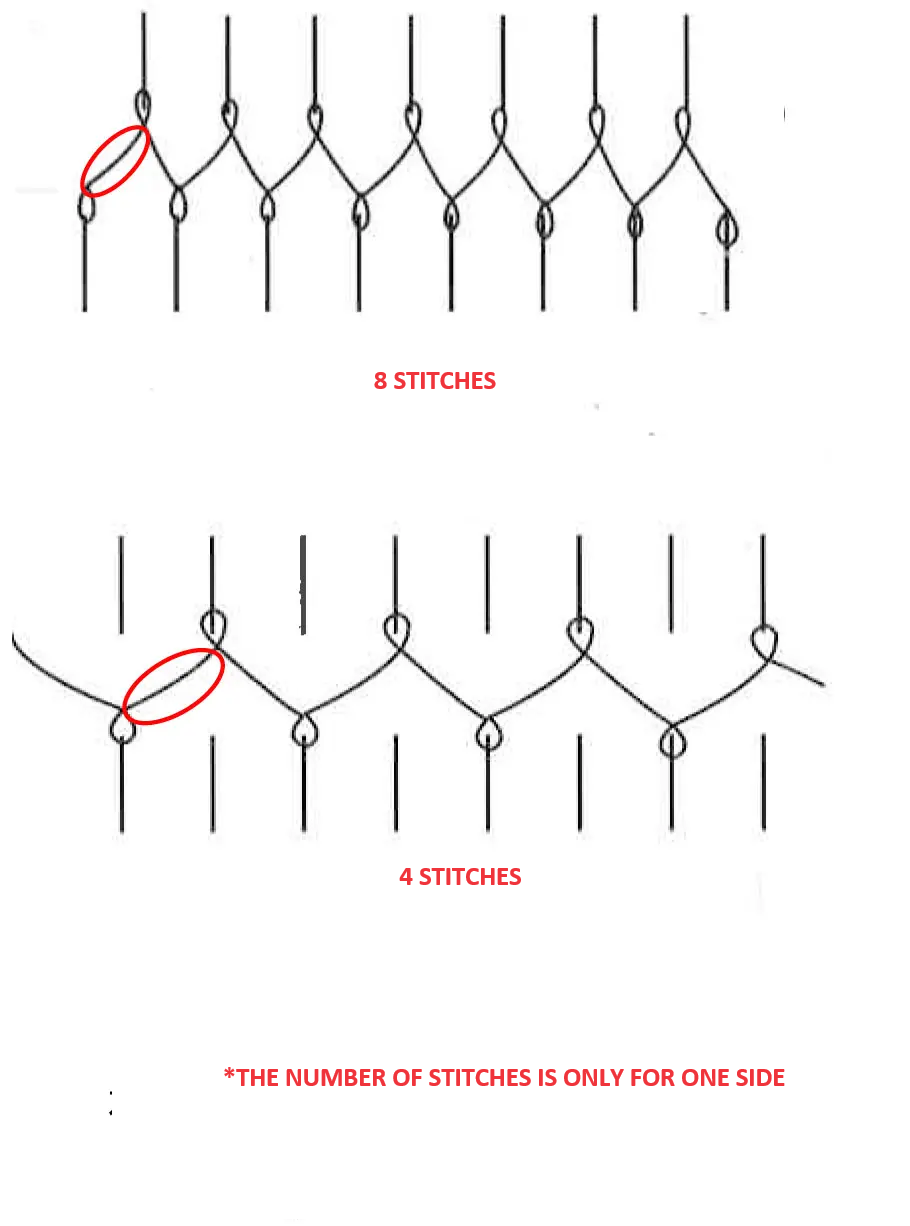KNIT MAGAZINE
- Knit Pattern
Understanding Knitting Structures: Differentiating Between 1x1 Rib and Full Needle Rib

- Post date:
- May 21, 2024 07:00
- (Update: April 24, 2024 23:48)
KNIT MAGAZINE


This time, I will introduce how to read the basic knitting structure diagram based on the knitting symbols introduced last time.

Can you see the difference by looking at the figure above?
Both the ribbed fabric and 1×1 rib are knitted with a 1 stitch ribbing, and they may appear similar, but when dissected in the knitting diagram, they are actually very different.
Table of Contents

Compared to the knitting diagram of full needles, the front and back needles of 1×1 rib face each other. When viewed from only one side, it is knitted while skipping one stitch at a time.

The front and back needles are in staggered positions when considering all the needles. If you continue knitting using all the needles one by one, it will then become full needle rib.
The distance created by this needle position significantly impacts the knitting structure. Firstly, the number of stitches knitted is double that of 1×1 rib for the total number of stitches.
* This implies that even with the same number of stitches, the total stitches can be knitted with a knitting width that is almost double that of 1×1 rib.”

Next, let’s examine the area highlighted in red.
Compared to 1×1 rib, full needle rib has a shorter distance (thread crossover) to reach the opposite needle. This means that the shorter the distance, the firmer and less elastic it is.
Conversely, 1×1 rib has a longer thread length, resulting in greater elasticity (compared to full needle rib).
As evident, there are differences in ribs that appear similar. For instance, if you aim to create ribbing for narrowed hems and cuffs, we recommend using 1×1 rib for a softer texture.
On the other hand, if you prefer a design without tightness, employing full needle rib is a viable option. It’s common to utilize full needle rib when attaching a placket with buttonholes and desiring a sturdier texture.
By comparing them on the organizational chart, you can discern differences that are not typically noticeable, such as products and knitted fabrics!
Subscribe Now
To receive the latest updates and insights, subscribe to our newsletter.
Contact Us
For further inquiries regarding this article, please feel free to contact us.